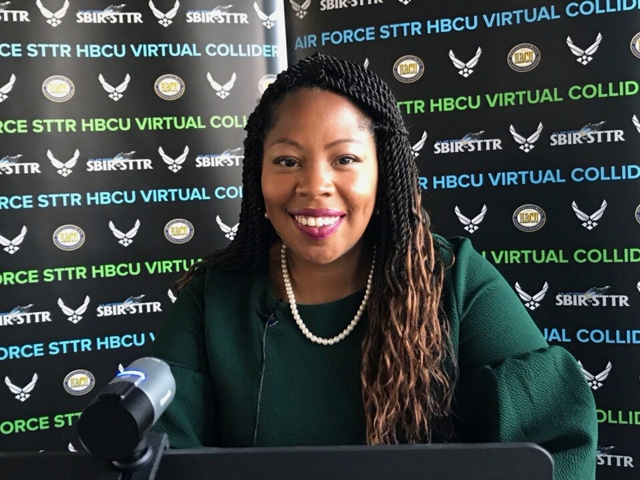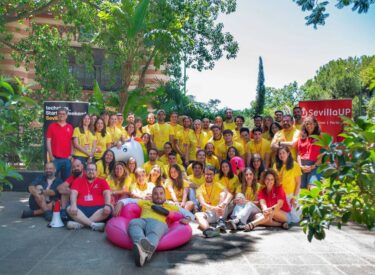The United States Air Force is reaching out to Historically Black Colleges and Universities (HBCU) and Minority Institutions to develop the next generation of scientists and engineers to serve the military and commercial sectors with research funding opportunities and incentives.
The Air Force’s Small Business Innovation Research/Small Business Technology Transfer (SBIR/STTR) programs are reaching out to HBCU and Minority Institutions with funding opportunities for researchers who might not have otherwise considered doing business with the US government.
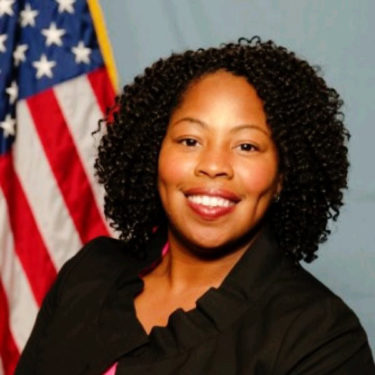
Anissa Lumpkin
“When we looked at Historically Black Colleges and Universities and Minority Institutions, we found that we weren’t getting the participation from the HBCU community that we would like to see” — Anissa Lumpkin, US Air Force
Today, the Air Force released footage from its HBCU Virtual Collider event held in August, highlighting that it had “expanded the use of Open Topic solicitations, eliminating lengthy and cumbersome proposal processes.”
“When we looked at Historically Black Colleges and Universities and Minority Institutions, we found that we weren’t getting the participation from the HBCU community that we would like to see. Proposals weren’t coming in,” said Anissa Lumpkin, Lead Program Manager for the $140 million Air Force SBIR/STTR programs.
“There are innovative activities going on at all universities across the nation, and this is just another subset that we need to make sure we are involved and have access to,” she added.
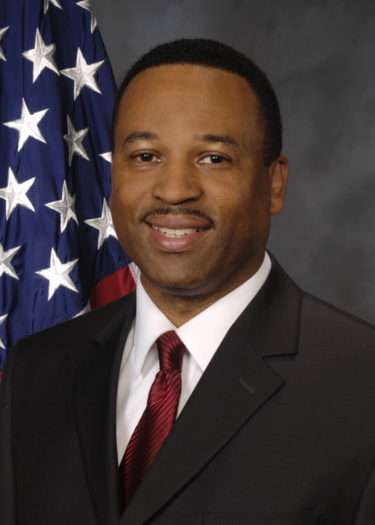
Joseph Gordon
“For us, there’s a big benefit because we get to involve students in the laboratory, and then we also get to look at the students to develop the future pool of scientists and engineers” — Joseph Gordon, US Air Force
Joseph Gordon, the Director of the Air Force Technology Transfer and Transition Program, said that the partnerships would improve student interest in STEM fields and develop the next generation of scientists and engineers.
“For us, there’s a big benefit because we get to involve students in the laboratory, and then we also get to look at the students to develop the future pool of scientists and engineers,” said Gordon.
Gordon revealed that there were several ways for colleges and universities to partner with the military, each with different incentives.
One such method is through an Education Partnership Agreement (EPA), which gives students and faculty:
- Access to really expensive equipment that the university might not be able to cover
- Opportunities to work on defense research projects
- A greater interest in STEM fields
“For the colleges and universities, this is one of the top ways of working with us — creating an EPA,” said Gordon.
In the video below, he gives a detailed rundown about the different ways universities can partner with the Air Force, and the benefits to faculty and students.
Gordon added that the Air Force is looking to supply its warfighters with the most advanced capabilities using “spin-in, spin-out” methods, where the Air Force supplies technology and funding to universities and the commercial sector, and then creates a pipeline to transfer those capabilities directly back to the Pentagon.
“We will increase the awareness and visibility of our military technologies, and at the same time we’re also looking at the potentials of commercializing military capabilities to the outside” — Joseph Gordon, US Air Force
Gordon explained, “We have many cases where we spin technology out, it will go to a university, it will go out to industry.
“And then we see where that same technology will make its way back into the Department of Defense, or the Air Force, and that is what we call a ‘spin-in.'”
He added, “We will increase the awareness and visibility of our military technologies, and at the same time we’re also looking at the potentials of commercializing military capabilities to the outside.”
The HBCU Virtual Collider was aimed at:
- Bringing awareness to under-served communities
- Increasing HBCU and Minority Servicing Institutions (MSI) participation in the research funding program
- Reducing barriers to entry
- Engaging with HBCU/MSIs to support the development of science, technology, engineering, and mathematics (STEM) capabilities in support of Air Force needs
- Working with HBCU/MSIs to increase their success in competing for broader research funding sources
- Alleviating competency gaps between HBCU/MSIs and traditional research universities
- Among others
And the fruits of the Air Force’s outreach are already being realized three months later.
For example, on Monday, the Air Force Research Laboratory (AFRL) committed to funding a $40 million project across several universities.
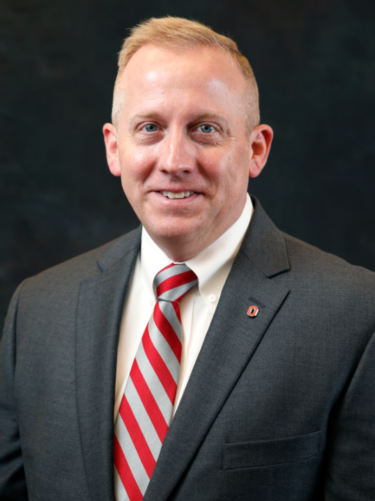
Dr. Morley Stone
“This funding provides an exciting opportunity for Ohio State to partner with minority institutions from across the nation to develop creative approaches to cultivating a prepared, diverse research workforce for the next generation of scientists for the US Air Force” — Dr. Morley Stone, Ohio State
The project includes:
- Summer internships for minority engineering students
- Access to specialized research equipment and laboratory space at AFRL, Ohio State and Wright State universities
- Support for projects to be determined by collaborating with Historically Black Colleges and Universities and other Minority-Serving Institutions
“This funding provides an exciting opportunity for Ohio State to partner with minority institutions from across the nation to develop creative approaches to cultivating a prepared, diverse research workforce for the next generation of scientists for the US Air Force,” said Dr. Morley Stone, senior vice president of research at Ohio State, on the university blog.
The six-year project is a joint collaboration between Ohio State, Wright State University, North Carolina A&T State University, and the AFRL.



